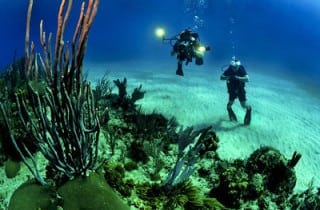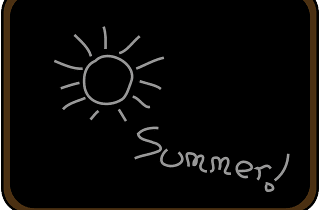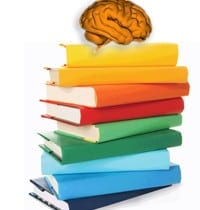Gather your students for a webinar from TIME For Kids this April. It will help you prepare your students for Earth Day 2016.
In this special webinar, students will hear from oceanographer, explorer, and conservationist Dr. Sylvia Earle, who has worked tirelessly to protect the planet’s oceans.
Why is informational text so important and where can teachers find the best resources? In this TIME For Kids webinar, Jaime Joyce and Laura Blackburn answered these questions and shared tips and strategies for integrating informational text across the curriculum and throughout the school day. In addition, they provided graphic organizers and activities to support instruction.
In this webinar, presented by the TIME For Kids community on edWeb.net, Lisa Callahan discussed motivating students to apply their “school year” knowledge all summer long.
In this special Earth Day webinar, students heard from Dr. Jane Goodall, renowned primatologist and founder of both the Jane Goodall Institute, a global leader in the effort to protect chimpanzees and their habitat, and Roots & Shoots, an international environmental and humanitarian youth program.
Back by popular demand—TIME For Kids travels to Antarctica! In this special webinar, science teacher and National Science Foundation penguin researcher Jean Pennycook broadcasted from the icy continent of Antarctica, where she reported on her research and experience in the field.
The Common Core State Standards place a special emphasis on reading informational text. Teachers often say how excited students are to learn about the world around them. Whether it’s the latest news from Mars or information about a typhoon that struck last week, kids want to know all about it. How can we harness that enthusiasm for nonfiction to help students become great readers?
In the third TIME For Kids webinar on edWeb.net presenters Suzanne and Jaime discussed nonfiction and their alignment with the common core. They shared ways to use the images and graphics in a non-fiction article as entry points for a topic and examples of nonfiction articles that have significant visual components.








